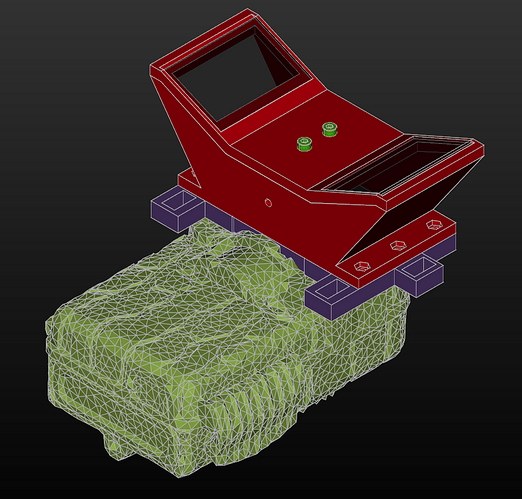There is more conversation here, but I felt like we were starting to hijack that thread which was not dedicated to this project. So I will continue updates here so that they are publicly available. Tagging @hpy @julianstirling @hikinghack @jpearce
After making the zip tie shim modification for @hikinghack to use in Panama (rubber bands were not practical for field use), @hpy expressed interest in a similar shim for the camera trap being used in the UK. Below are links to the STL files for the two different orientations, and images showing what they look like.

